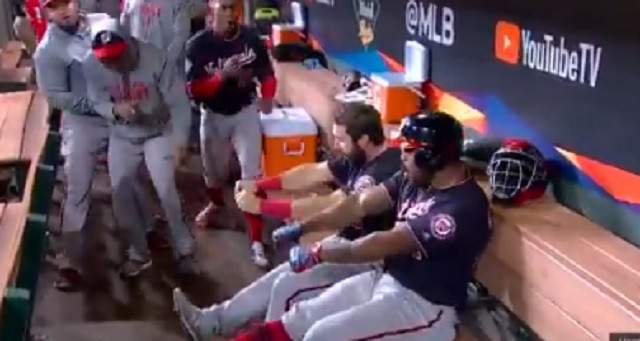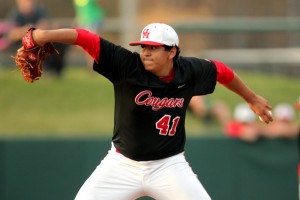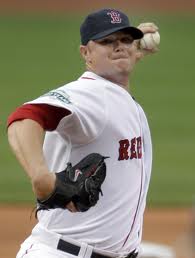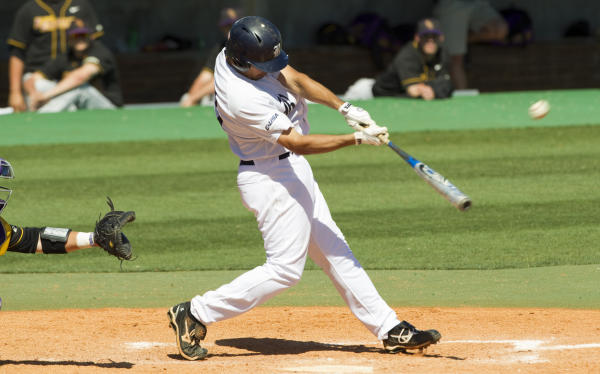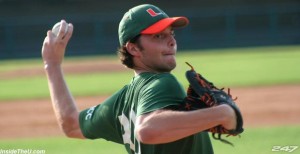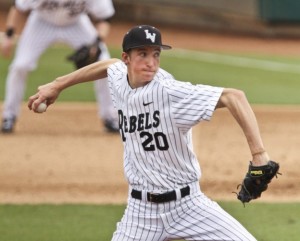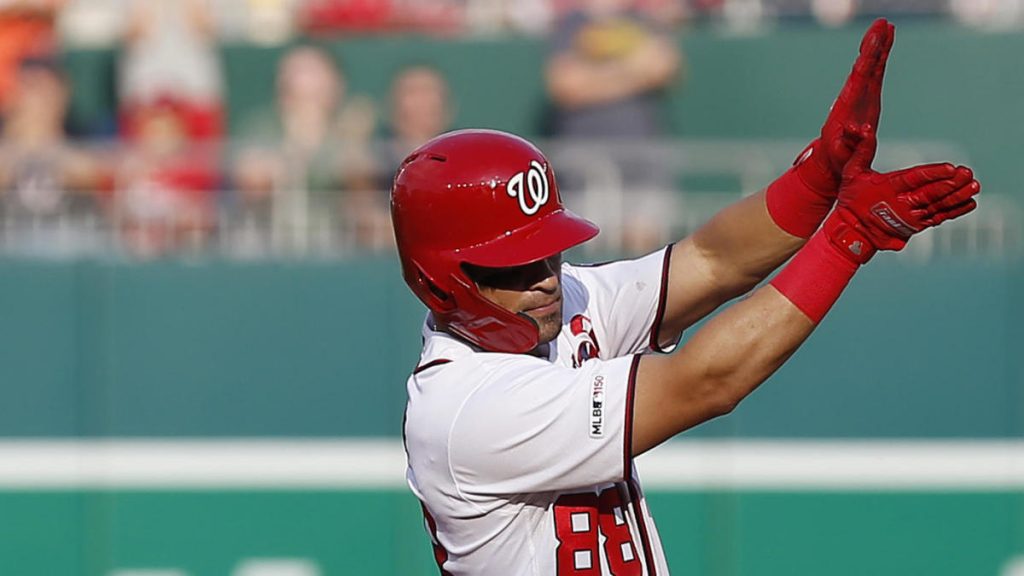
This is our 7th straight year doing this recurring post; a look at the Non-Roster Invitees (NRIs) upon their official announcement ahead of spring training.
Here’s past posts by year: 2020, 2019, 2018, 2017, 2016, 2015.
The team has invited 71 players to spring training, which means that joining the 39 members of the 40-man roster are an astounding 32 NRIs. FYI: the big board is now updated for all 32 NRIs, who are shaded in purple. 2020 was a weird year, which probably is why we’re seeing so many NRIs, and so many NRIs who are so young. Normally NRIs are veteran MLFAs, AAA/4-A guys and perhaps one or two top prospects. This year, the team has invited a slew of guys who have never played above A-ball, or who were drafted just last year.
Why do we care about NRIs? Because there’s a high likelihood we’ll see these guys either make the roster or get called up later on this year. Since the 2015 season:
- 9 NRIs have made the 25-man roster straight out of Spring Training (and Guthrie technically made it 10 since he got called up a few days later and was always intended to be the 5th starter in 2017). Basically every year an NRI has made the roster for six seasons running.
- 29 NRIs eventually played for the MLB team at some point that same season they were in spring training.
So its likely that we’re going to see a lot of these NRIs at some point in the future. Like, on average at least 4-5 of these NRIs are going to play for this team in 2021.
Lets review the NRIs and make some predictions.
Here’s the list of 32 NRI’s for 2021, organized by player type:
- RH Starters: Jefry Rodriguez, Paolo Espino, Jackson Rutledge, Cade Cavalli, Cole Henry, Tyler Dyson, Todd Peterson
- RH Relievers: Aaron Barrett, Tyler Eppler, Javy Guerra, Gabe Klobotis, Jacob Condra-Bogan, Bryan Bonnell, Jeremy Jeffress
- LH Starters: Tim Cate
- LH Relievers: Luis Avilan, TJ McFarland, Matt Cronin
- Catchers: Raudy Read, Wellington Castillo, Israel Pineda, Jakson Reetz, Blake Swihart, Brandon Snyder (who is oddly listed as a Catcher but really is a 1B)
- Infielders: Adrian Sanchez, Hernan Perez, Jordy Mercer, Jackson Cluff, Drew Mendoza
- Outfielders: Carlos Tocci, Yasmany Tomas, Gerardo Parra, Cody Wilson
(note: post-publishing edit; I had Bonnell as a LHP; thanks for the correction. 2/22/21 added Jeffress).
So lets squint and make some predictions.
- Do any of these guys stand a chance at making the Opening day roster? There are a couple of opportunities for these guys this year, absolutely. All of this is assuming no injuries to the current 40-man.
- Lefty Reliever: right now the bullpen has two lefties: Brad Hand and Sam Clay. Hand seems like he’s going to be the closer, while Clay has never pitched in the majors. So, yeah, there’s opportunity here. Avilan has the most MLB time but his numbers have been iffy lately. McFarland has as much MLB time as Avilan and has better recent numbers. Cronin could surprise here, but he’s never pitched above A-ball. He’s got amazing numbers though. The team could also be looking to convert one of its lefty starters to a reliever (Romero, Braymer) … but those guys would be far more valuable as effective starters. At the end of the day, I think McFarland breaks camp as the loogy.
- 7th/8th bullpen arm/RH Reliever: Right now on the depth chart, the team only has 9 true “relievers” on its 40-man. They’re going to break camp with 8 of them. The options game probably means they carry the loser of Ross/Voth/Fedde 5th starter competition as the 8th reliever, meaning that there’s possibly some competition for that last righty out of the pen. Look for that spot to be competed between Finnegan, Bacus and then the likes of veteran NRI Guerra. I’ll bet the team breaks camp with Guerra; he’s been there before and the team knows him, sending Finnegan and Bacus to AAA. 2/22/21 update: with the Jeffress signing, I think he goes to the head of the list above Guerra.
- 4th OF; Is there really a competition here? I don’t believe there is. But a 5th OF could be in the works as a bench bat. See next.
- Bench Bat: here’s our current projected Bench bats: Harrison, Zimmerman. Not much there. I like Parra as a glue-guy, clubhouse guy, spare part kind of player. Plus he hits lefty. Plus lets be honest; his Baby Shark thing is the kind of fan engagement phenomenon that you just can’t buy in terms of publicity. Not that there’s going to be any damn fans.
- Spare Infielder: do we really think Garcia is the backup infielder? I don’t think so: i think Garcia goes back to AAA and one of Sanchez/Mercer/Perez makes it as a veteran infielder. Given our Pittsburgh connection, money on Mercer.
So my prediction? multiple NRIs joining the team: McFarland, Jeffress, Parra and Mercer.
Do any of these guys project to feature at all in 2021? Absolutely. Past my four NRI predictions, I can see more than a few of these guys getting call-ups later on if they stick.
Who among these guys project to eventually get on the 40-man? There’s a bunch of our top prospects on this list: Cavalli, Henry, Rutledge, Cate, Cronin. And there’s lesser-known but older/effective guys who seem like good bets to put themselves onto the roster. Nats spring training games should be great.
Are there any surprise non-NRIs in the system right now? Yeah a couple surprise non-invites. Two arms that were on the 60-man last year are not invited: Nick Wells and Sterling Sharp. Wells is a lefty reliever; why not invite him and have him compete? Sharp has MLB time; why not put him in camp? No other real surprise non-invites.
NRI Details by year, in case you were wondering… (this is recycled material, carried along year by year)
Summary of NRIs for 2020: 22 total
- Three (3) made the 30-man roster out of Spring training: Javy Guerra, Sam Freeman, Emilio Bonifacio
- 4 more eventually got added and called-up: tbd by end of 2020 season (Wil Crowe, Dakota Bacus, Luis Garcia, Yadiel Hernandez).
- 0 more since been added to 40-man post 2020-season: tbd before 2021 season, but thanks to odd 2020 60-man roster all the NRIs under consideration here already got the callup.
Summary of NRIs for 2019: 18 total
- One (1) made the 25-man roster out of spring: Jake Noll
- Three (3) more eventually got added and called up: Aaron Barrett, Tres Barrera, Carter Kieboom
- Zero (0) others have since been added to 40-man (as of 2/6/20).
Summary of NRIs from ST 2018: 21 NRIs total:
- One (1) made the 25-man roster out of spring: Miguel Montero
- Four (4) eventually got added and called up: Tim Collins, Moises Sierra, Jimmy Cordero, Spencer Kieboom. Special Mention to Edwin Jackson, who opted out of Washington then excelled for Oakland later in 2018).
- Zero (0) others have since been added to 40-man
Summary of NRIs from ST 2017: 24 NRIs total:
- Zero (0) made the 25-man roster out of spring (though technically one kinda was; see next).
- Five (5) eventually got added and called up (Jeremy Guthrie, Matt Albers, Grant Green, Jacob Turner and Andrew Stevenson): Guthrie was the 5th starter, stashed in XST for a few days before his ill-fated debut.
- Five (5) have since been added to 40-man (Erick Fedde, Taylor Hill, Kyle McGowin, Wander Suero, Tim Collins)
Summary of NRIs from ST 2016: 20 NRIs total (plus perhaps a couple more that got signed late):
- Two (2) made the 25-man roster: (Chris Heisey and as noted in the comments, thanks for the correction, Matt Belisle).
- Two (2) eventually got added and called up (Lucas Giolito, Sean Burnett)
- Two (2) have since been added to 40-man (Matt Skole, Austin Voth)
Summary of NRIs from ST 2015: 20 NRIs total:
- Two (2) made the 25-man roster out of spring (Dan Uggla and Clint Robinson). Adding Reed Johnson as a late-spring signee who made the team after his release from Miami (H/T Sao)
- Two (2) others eventually got added and called up (Rafael Martin and Emmanuel Burriss)
- Two (2) others were young catchers since added to the 40-man (Spencer Kieboom, Pedro Severino)
(I believe the above analysis is correct; feel free to comment if i’ve missed someone. this is a bit tougher to keep track of b/c the team often signs MLFAs mid-spring then technically gives them NRIs … especially for Vets, and I may miss some from the original announcements).
